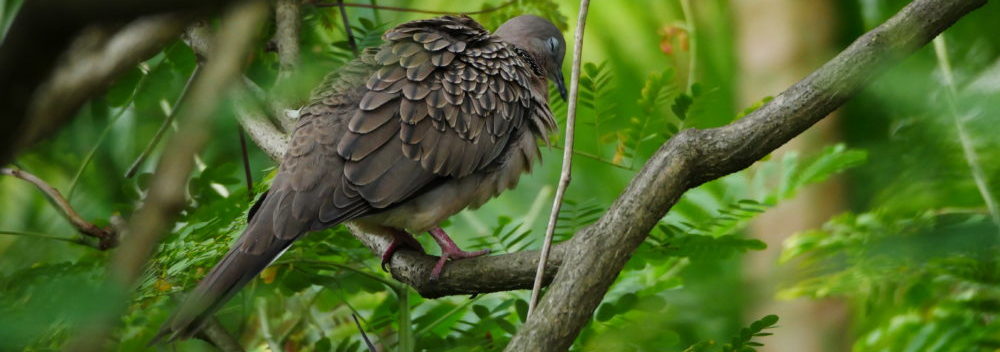 Traveling through rural Japan, in the island of Kyushu, one is reminded of the fate of the Christian missionaries who were mercilessly persecuted by the then Shogunate of the Edo era. The fate of those who ministered to the Way, and their proselytes have been dramatized in the 2016 Martin Scorsese’s period portrayal of Shūsaku Endō’s 1996 novel Silence.
Traveling through rural Japan, in the island of Kyushu, one is reminded of the fate of the Christian missionaries who were mercilessly persecuted by the then Shogunate of the Edo era. The fate of those who ministered to the Way, and their proselytes have been dramatized in the 2016 Martin Scorsese’s period portrayal of Shūsaku Endō’s 1996 novel Silence.
Much of modern Japan’s historical artifacts and reminiscences of that period where the Christian Church became ‘Hidden’, can be found the region around Nagasaki, in North-western Kyushu.
However, to the believer, in a magical world that GK Chesterton described in Orthodoxy , ‘the things I believe most then, the things I believe now, are the things called fairy tales.’
 In Oita, our group were treated to the magnificent ruins of Oka Castle, and unexpectedly, to the interesting story of the Shinto shrine that sits atop of the highest elevation on the ruins, a shrine that could not be constructed properly until it was revealed that buried beneath its foundation was a bell from the Vatican, a gift laid hidden by a believing shogun, a vestige of the testimony of the Hidden Christian Church.
In Oita, our group were treated to the magnificent ruins of Oka Castle, and unexpectedly, to the interesting story of the Shinto shrine that sits atop of the highest elevation on the ruins, a shrine that could not be constructed properly until it was revealed that buried beneath its foundation was a bell from the Vatican, a gift laid hidden by a believing shogun, a vestige of the testimony of the Hidden Christian Church.


Back in the latter-day ryokans and cafes, we were greeted, for example, by some formidable posters of contemporaneous events examining the idea of the historical significance of the hidden church. Hidden from us by our ignorance of the language, in a culturally intriguing and mysterious way, this genre appeared to be nurtured by the burning desire to constantly rediscover this period of persecution and great defense of the faith.


We walked and were confronted with the Ah (open mouth) and Un (closed mouth) of the twin Shishi (lion) statues that guard the shrines in the Japanese interpretation of the Alpha and the Omega. Yet again, we were again reminded of the awesome power and might of the monotheistic God that we believed in, in the tabernacle of the Holy of Holies, the God that even the Shinto priests in their unique religious tradition would hold true in their shrines, a fitting reminiscence of the God of Abraham, Issac and Jacob … and the God Incarnate, our God.


We witnessed the hillside shrine of Rakkan-ji on the slopes of Mt Rakkan, a temple that bore poignant witness to the Unborn Child.

Finally, we were treated to an unusual interpretations of the moon goddess Kwan Yin, holding a baby Child, guarding the entrance to a hillside temple in Taketa, where the statues of disciplines were reminiscent of the followers of Jesus.


Our journey had began in Fukuoka, where we had accessed the Daimyomachi Catholic Church in Fukuoka, where we had witnessed the familiar and loving statue of the Madonna, guiding pilgrims to its entrance off the busy Tenjin shopping district.



This had not started as a pilgrimage, and in many ways, its significance can only be expressed in the retrospect through reminiscence of the things we hold dear in our life journeys, of metaphors and expressions of everyday belief, of symbols and crafts, of synonyms and associations, of causes and Cause.

(Lumix G85; 2-60mm lens; October 2018).


1 comment for “Serendipitous Journey to the Hidden Church in Kyushu, Japan”